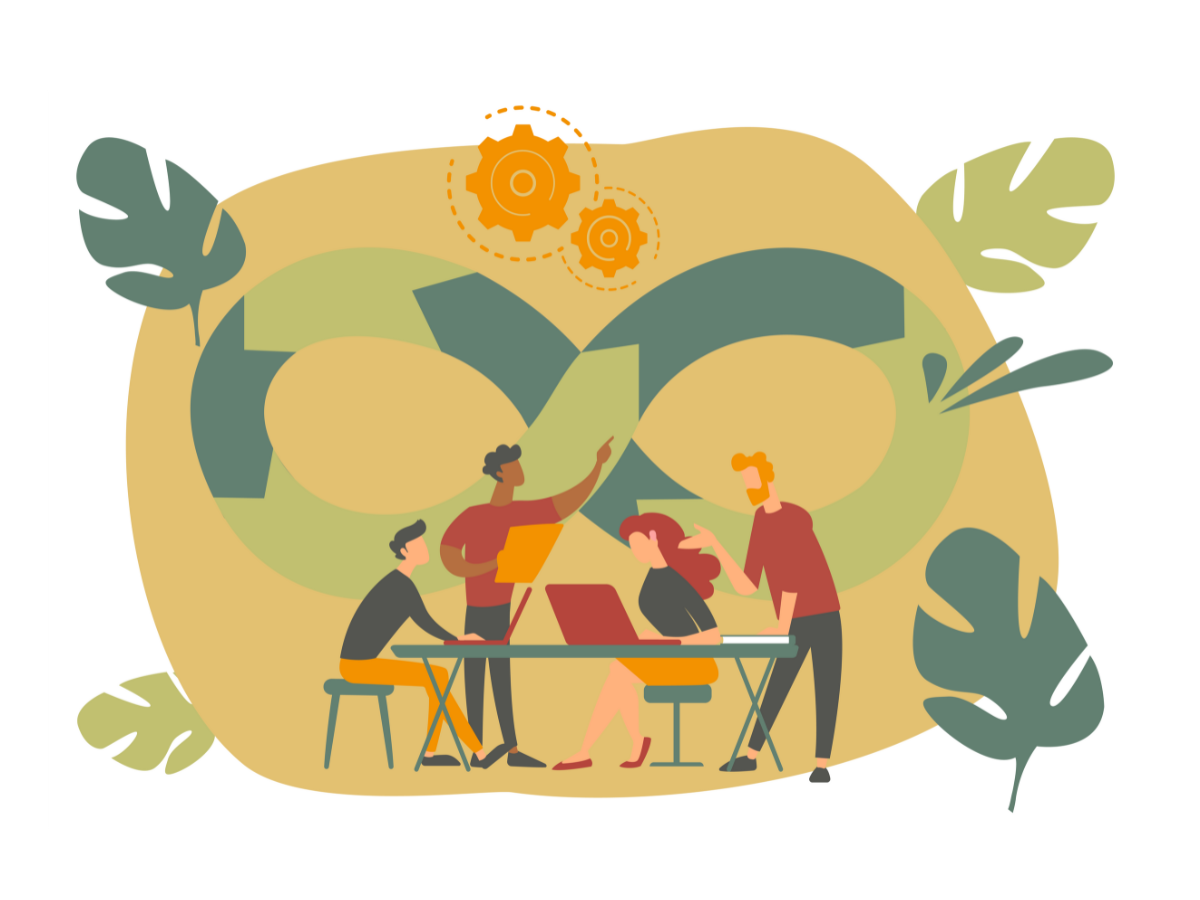
In March and April 2025, research partner T6 Ecosystems, designed, organised and delivered four online sessions with stakeholders to explore the future of the built environment, mobility, digitalisation, and household appliances and waste in a more circular economy.
More specifically, we asked stakeholders to give us feedback on the preliminary pathways – the circular economy-driven net-zero work-in-progress roadmaps of narrow – use less, slow – use longer, and close – use again.
Research Partner Presentations
For each session, our Project Coordinator, Volker Krey, gave an introductory presentation to CircEUlar’s aims, conceptual framework, focus areas and research methods. Where relevant preliminary results from the consumer survey linked to the focus area in question were also presented. These results will be integrated into the development of the pathways in the modelling work.
After this introductory presentation, each focus area was presented by different research partners (IIASA and PIK for the built environment, NTNU and BOKU for mobility, UOXF for digitalisation and IIASA and CMCC for household appliances and waste). The main focal point of these sessions were the guided discussions that followed after the presentation.
Guided Discussions
Initially, the discussion focused on gathering feedback from stakeholders on the assumptions, parameters, implications and feasibility of the proposed pathways. The exchange ranged from very detailed observations (e.g. whether the assumed percentage of wood-based construction was too high, whether certain recycling rates for certain waste streams were too ambitious) to broader comments linked to the conceptual framework (e.g. how are trade-offs being treated, how rebound effects were accounted for). The discussion then led to a broader dialogue around whether there were any circular practices missing, more extensive technical barriers and policy challenges or enablers to be mindful of.
Each session had a mix of external stakeholders mainly from research and policy but with some industry representation as well. Some of the stakeholders that took part include: various European Commission departments (e.g. DG CLIMA, DG ENV, DG EMPL, DG AGRI), the Commission’s Joint Research Council, representatives of sister projects CO2NSTRUCT and CircoMod, Eurostat, OECD’s International Transport Forum, World Green Building Council, World Steel Association, WorldAutoSteel, the European Data Centre Association, GSMA, APPLiA, European Environment Agency, etc. A few of our Advisory Board Members were also able to join us and we are very grateful for their time, feedback and input.
Strengthening Pathways Through Collaboration and Enhancing CircEUlar’s Visibility
These online sessions created connections, and fostered exchanges of data, reports, knowledge and expertise. They ensured that the development of the pathways is informed by and draws from both other similar research projects and leading expert stakeholders in the focus area. Thanks to this peer validation, the pathways can now be refined in terms of assumptions and feasibility, and further developed by integrating the stakeholder feedback where appropriate and viable.
Additionally, these online workshops raised the visibility of CircEUlar amongst stakeholders in research and policy, and expanded CircEUlar’s Community of Interest.
By Sara Giorgi – T6 Ecosystems
